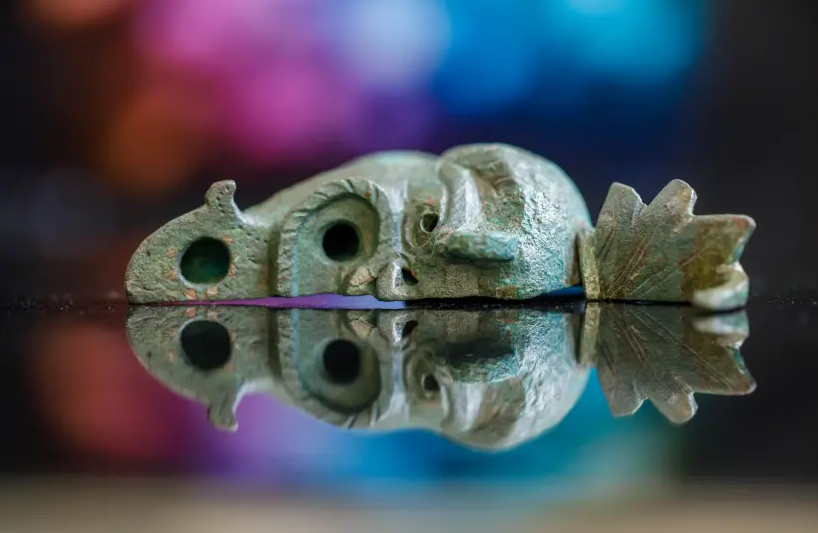(Photo By: Eliyahu Yanai/City of David)
By: Rossella Tercatin - May 9, 2021
The second half of a 2,000-year-old lamp recently unearthed in Jerusalem might have been excavated in an archaeological site in Budapest.
The Jerusalem artifact was found in the remains of a Roman building erected after the destruction of the city in 70 CE.
The site, which today is known as “Pilgrimage Road,” is the path that Jews walked to ascend the Temple Mount as they were performing the commandment to go up to the holy sanctuary three times a year, on the festivals of Passover, Shavuot and Sukkot, according to experts.
After the monumental street was wrecked and abandoned, the Romans did not want to leave the area completely deserted, being that it granted access to an important water reservoir, the Shiloah Pool. A public building was erected on the remains of the street.
Some 2,000 years later, during excavations carried out by the Antiquities Authority in Jerusalem Walls-City of David National Park, the archaeologists found a mysterious object buried in its foundations.
The experts identified it as a “lucky charm” lamp put there on purpose to protect the building and its residents.
Read More: Jerusalem Post

